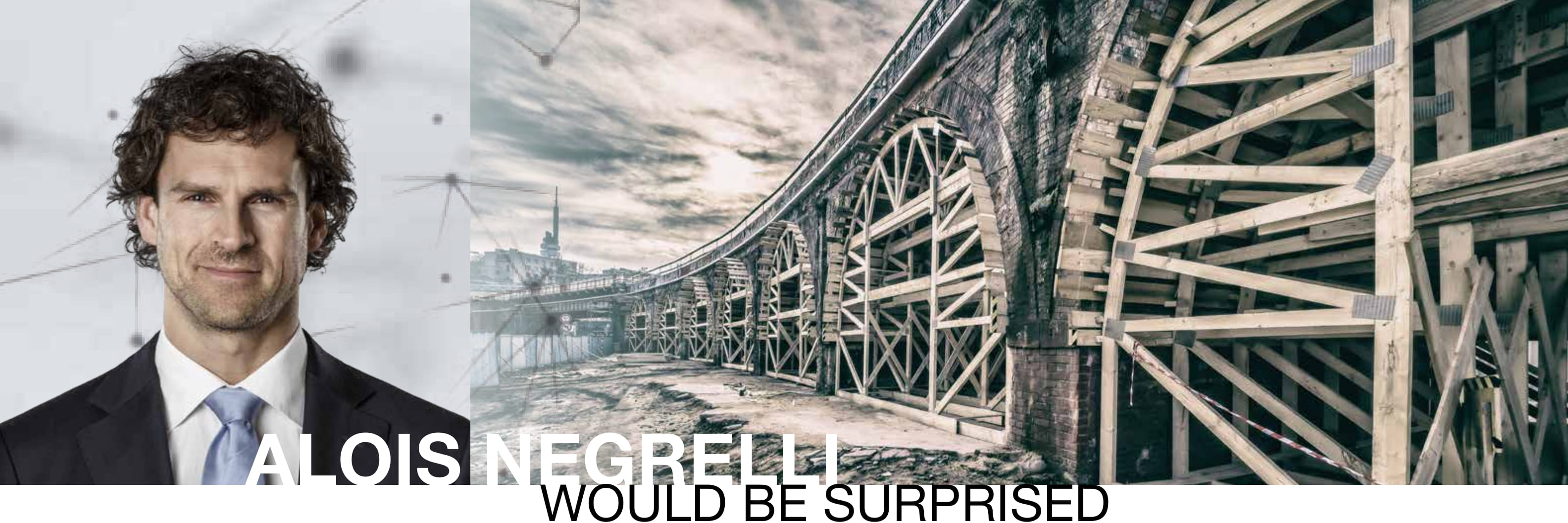The part of the dump of circa 10 300 m² was mostly used for the usual communal waste – residential waste, but also small amount of waste from the local entrepreneur activities.
After the shaping of the waste in the dumping ground its surface was leveled by a layer of the soil. The dump was then covered by an impermeable layer of geo-drainage for draining of gases and seepage and mineral clay insulation – the first insulating layer was connected to the lower layer on the bottom of the dump and all the others were compressed by heavy rollers so the gradual subsidence of the dump is minimum. A recultivation layer was placed on top, consisting of soil and humus. The rain water is drained from the area by concrete drainage gutters, the water seeping through the recultivation layer is drained to a drainage pipe at the heel of the slope.
The next step was construction of the degasifying system ensuring against the emission leakage. Those captured by the vertical gas wells are led by the designed system from the dump to the surface. It was necessary to dig another four wells with the drainage layer connected by a piping leading into the regulation tunnel to ensure the sufficient capacity of the wells. The extracted biogas will be deactivated on a high-temperature torch or it will be used to run a co-generator unit.
After depositing the quality soil with humus the last step was sowing with grass and planting the greenery. The separate design proposed to plant the area with low growing shrub: barberry, cotoneaster, hawthorn, blackthorn, briar rose and guelder rose. This is a usual shrub for the region, but it is beginning to be very rare in the modern industrial countryside of the lowlands. They all need watering for at least one and half year after planting. The dumping ground is now fenced to protect the growing plants against damage by the wild animals.
